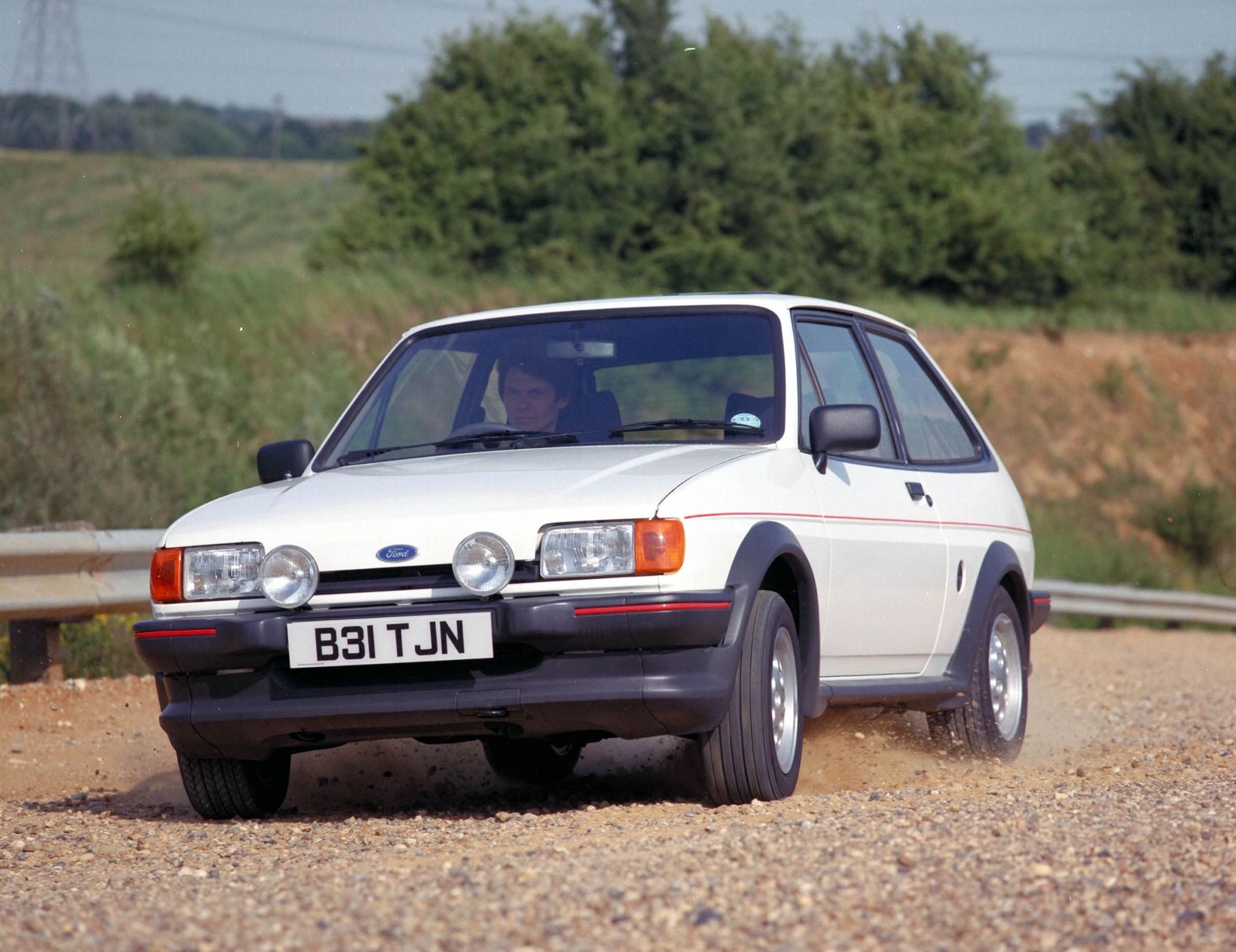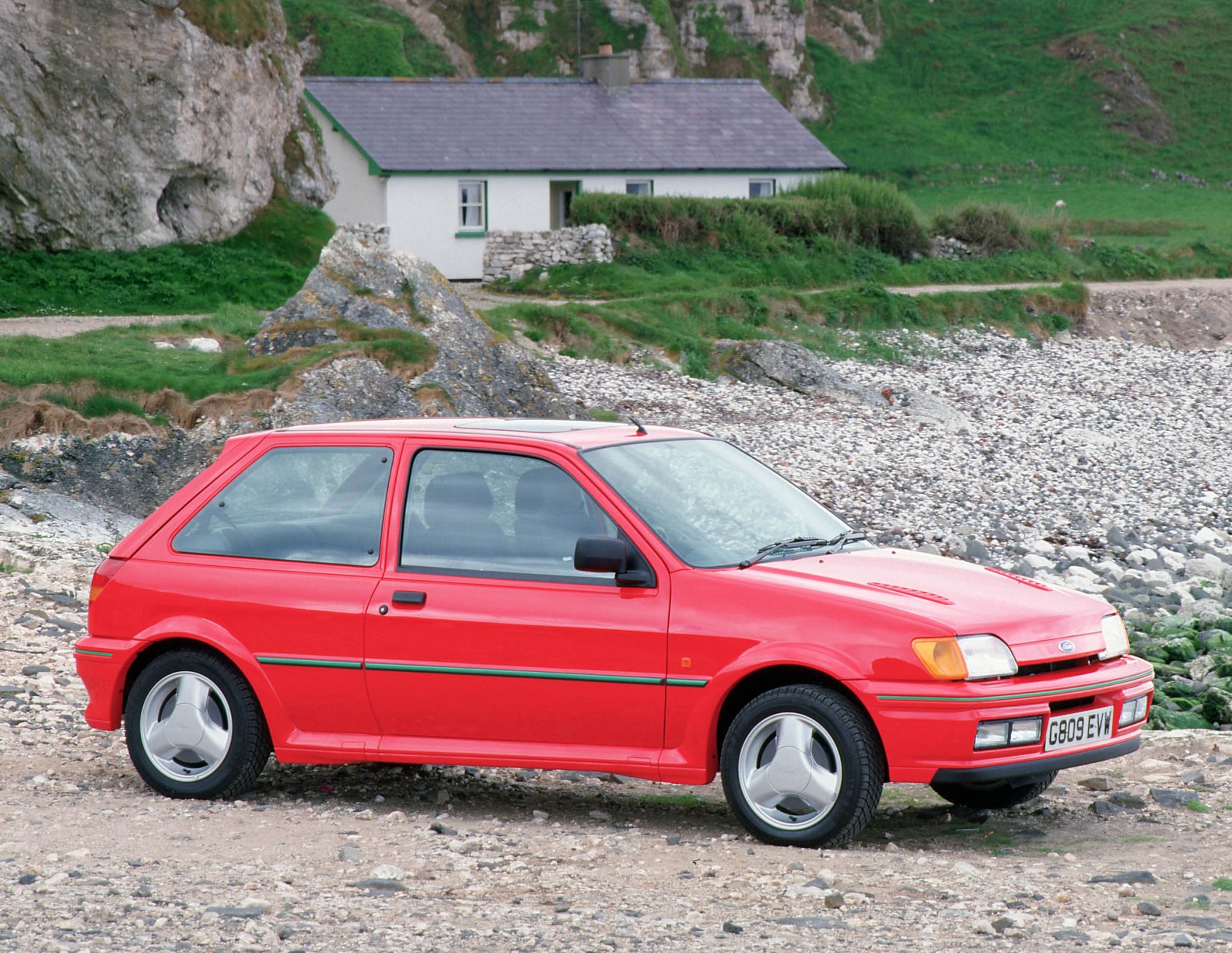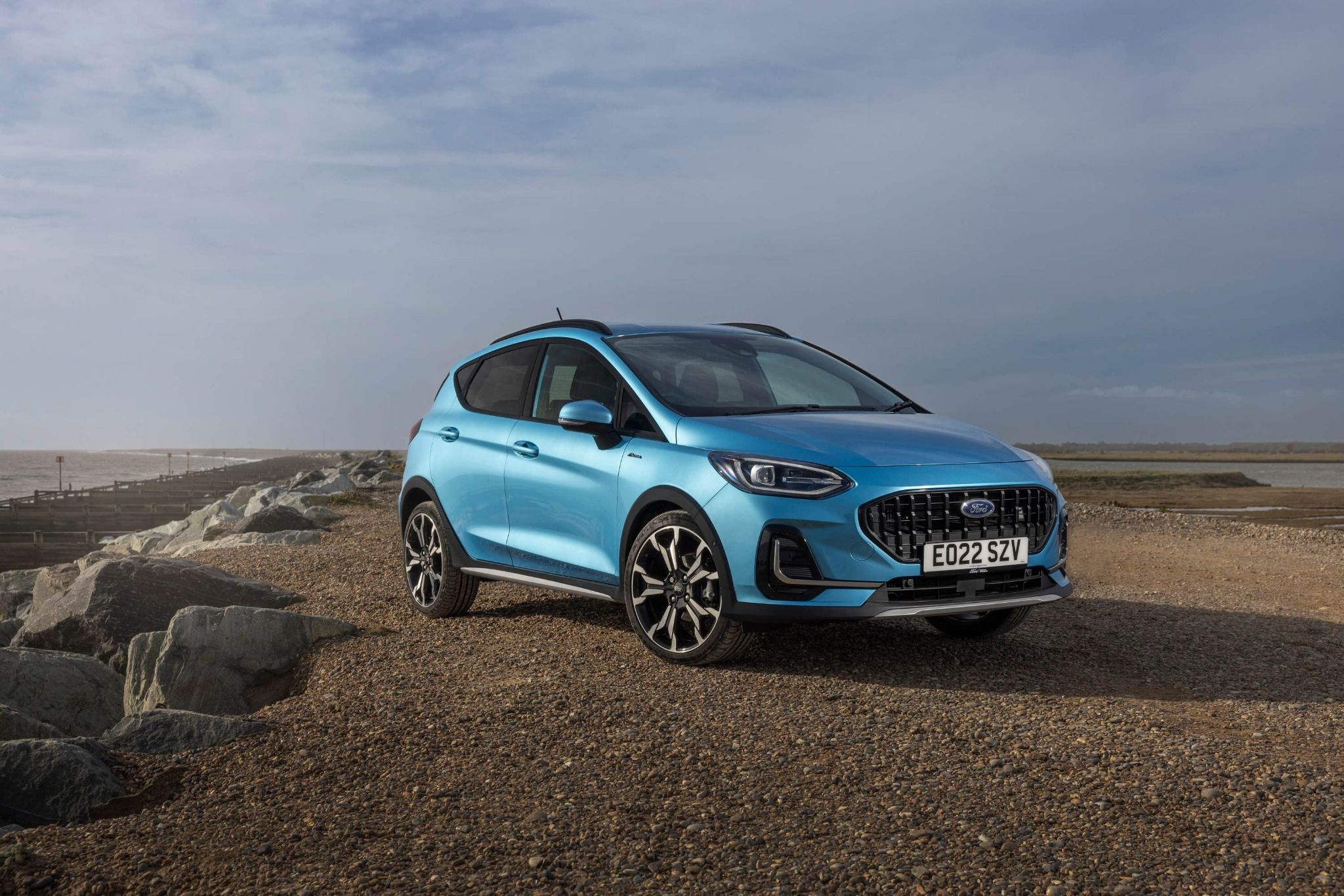The humble Ford Fiesta has proven itself to be a key part of the motoring landscape, particularly in the UK. This compact car has been a big hit with buyers across the spectrum, ranging from just-passed motorists to families, couples and everyone in between.
Sadly, the time has come to an end for the Fiesta with Ford’s announcement that it would be discontinuing the much-loved model. Here, we’re going to take a trip down memory lane to see how the Fiesta has changed over the years.
Fiesta I (1976-1983)
Things started fifty years ago, with a model design as ‘a small car for the world’. The onset of an oil crisis in 1973 really hammered home the need for an uncomplicated, lightweight and - most importantly - fuel efficient model too.
 The Fiesta name was chosen by Henry Ford II in 1975 to celebrate the brand’s connection with Spain. The Fiesta would be made in Valencia, too, alongside sites in Germany and, of course, Dagenham in the UK.
The Fiesta name was chosen by Henry Ford II in 1975 to celebrate the brand’s connection with Spain. The Fiesta would be made in Valencia, too, alongside sites in Germany and, of course, Dagenham in the UK.
Fiesta II (1983-1989)
There may not have been a big visual change in the Fiesta’s transition to its second generation, but the movement brought more space and even better fuel efficiency.
 A variety of new engines came into the fold, while the sporty XR2 gained improved suspension and brakes in 1984. An automatic version was released for the first time, too.
A variety of new engines came into the fold, while the sporty XR2 gained improved suspension and brakes in 1984. An automatic version was released for the first time, too.
Fiesta III (1989-1996)
Things took a different turn for the third-generation Fiesta, which debuted with a dramatically changed exterior design. More stringent European emissions standards meant that the Fiesta’s engines were made even cleaner and more efficient, too.
 This generation of Fiesta also incorporated a number of hot hatches, including the XR2i, which was followed by the RS Turbo model of 1990.
This generation of Fiesta also incorporated a number of hot hatches, including the XR2i, which was followed by the RS Turbo model of 1990.
Fiesta IV (1996-1999)
It was a far more rounded-looking Fiesta than people were used to when the fourth-generation car arrived. This slightly bulbous appearance made it more aerodynamic than before, which helped to make it a little more efficient.
 Much like previous generations, this latest model was accompanied by a range of new engines.
Much like previous generations, this latest model was accompanied by a range of new engines.
Fiesta V (1999 -2001)
The fifth Fiesta was largely just a facelift released three years after its predecessor went on sale. The exterior design was slightly tweaked but it was, largely, much the same as before.
 However, a racier Fiesta Sport model was introduced in this generation too.
However, a racier Fiesta Sport model was introduced in this generation too.
Fiesta VI (2001-2008)
The arrival of the Fiesta VI at the start of the Millennium showcased a whole new direction for Ford’s compact model. It has a much boxier look than before, it was also a real hit thanks to its incredibly sharp driving experience which helped to make it fun to drive as well as practical.
 Ford also introduced the Fiesta ST at this generation which, with its 148bhp engine, was the most powerful Fiesta to date.
Ford also introduced the Fiesta ST at this generation which, with its 148bhp engine, was the most powerful Fiesta to date.
Fiesta VII (2008-2012)
The next generation Fiesta went back to a more rounded design, with less severe edges and a softer look overall. It also came with more equipment than before, while its main dashboard layout was designed to mimic the look and feel of a phone.
 An uber-efficient ‘ECOnetic’ model was also introduced at this generation, bringing rock-bottom running costs.
An uber-efficient ‘ECOnetic’ model was also introduced at this generation, bringing rock-bottom running costs.
Fiesta VIII (2012-2017)
Though technically a mid-life refresh, this generation of Fiesta brought a whole range of innovations, including a ‘MyKey’ feature that allowed vehicle owners to program a speed limiter into the car so that other users of the vehicle couldn’t speed.
 In 2013, the Fiesta ST was launched and it quickly went down as one of the best hot hatches of all time.
In 2013, the Fiesta ST was launched and it quickly went down as one of the best hot hatches of all time.
Fiesta IX (2017-2023)
Launched in 2017, the most recent Fiesta - now into its ninth generation - brought a wide range of trim levels and specification options, with luxurious Vignale models bringing a distinctively high-end feel to the Fiesta.

The Fiesta ST was tweaked, too, with a new 1.5-litre three-cylinder engine bringing loads of performance and a characterful exhaust note.

You may also like…